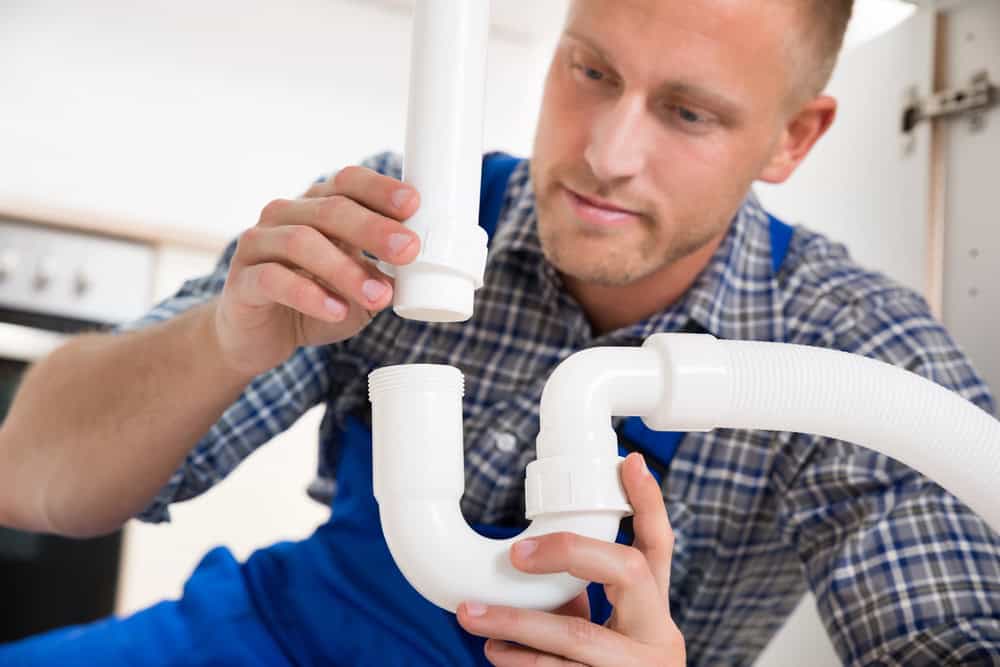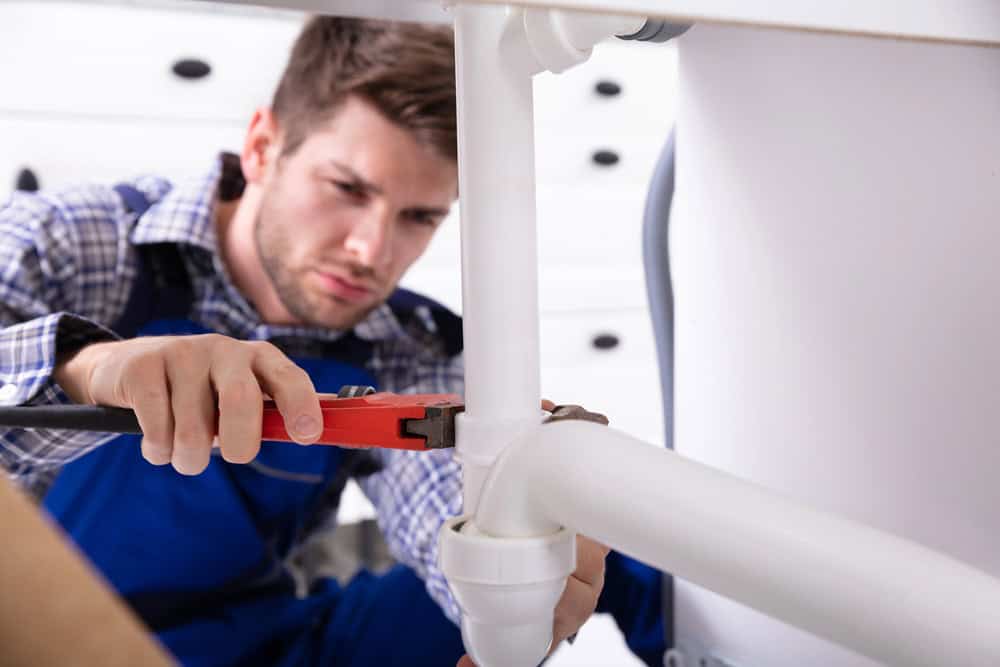When it comes to plumbing issues, homeowners often find themselves confused about the distinction between drain cleaning and pipe repair.
Both services are essential for maintaining a functional plumbing system, but they address different problems and require different approaches. Understanding these differences can help you make informed decisions and avoid unnecessary expenses.
Understanding Drain Cleaning
Drain cleaning is a preventative maintenance service aimed at removing clogs and buildup in the pipes. Over time, materials such as hair, grease, soap residue, and food particles can accumulate in your drains, leading to slow drainage or complete blockages.
Regular drain cleaning not only clears existing clogs but also helps to prevent future issues from arising.
The process of drain cleaning typically involves the use of specialized tools and techniques. Plumbers may employ methods such as snaking, hydro-jetting, or enzymatic treatments to eliminate blockages.
Snaking involves inserting a flexible rod into the drain to dislodge clogs, while hydro-jetting uses high-pressure water jets to clear away stubborn debris.
These methods are non-invasive compared to pipe repair, making them a popular choice for routine maintenance.
The Importance of Regular Drain Cleaning
Ignoring drain maintenance can lead to significant plumbing issues down the line. Regular cleaning not only improves water flow but also extends the lifespan of your plumbing system.
By preventing buildup, you reduce the risk of more severe problems that could require costly repairs. A good rule of thumb is to schedule drain cleaning at least once a year, or more frequently if you notice slow drainage.
In addition to prolonging the life of your pipes, regular drain cleaning can also improve the overall hygiene of your home. Clogged drains can create an environment for bacteria and foul odors, making your living space less inviting.
Keeping your drains clear helps maintain a clean and healthy household.
Recognizing Pipe Repair Needs

While drain cleaning is focused on unclogging pipes, pipe repair is necessary when there is damage to the piping system itself. This damage can result from various factors, including corrosion, tree root infiltration, or even shifts in the ground.
Signs that you may need pipe repair include recurring leaks, water stains on walls or ceilings, or unusual increases in water bills.
Pipe repair typically involves identifying the location and extent of the damage. Plumbers may use camera inspections to pinpoint issues without invasive digging.
Once the problem is identified, various repair methods can be employed, such as patching up leaks, replacing sections of piping, or even performing complete repiping in severe cases.
Common Causes of Pipe Damage
Understanding what leads to pipe damage can help homeowners take preventive measures. One common cause is aging pipes that have simply reached the end of their lifespan.
Old metal pipes, particularly those made from galvanized steel, are prone to rust and corrosion.
Another significant factor is tree roots, which can infiltrate underground pipes searching for moisture. These roots can cause blockages or even break pipes, leading to costly repairs.
Environmental conditions, such as extreme temperature fluctuations, can also contribute to pipe damage by causing materials to expand and contract.
The Cost Factor
When comparing the costs associated with drain cleaning and pipe repair, it’s essential to consider the long-term implications.
Drain cleaning is generally a cost-effective service, often requiring a few hundred dollars depending on the method used and the severity of the clogs.
On the other hand, pipe repairs can range from a few hundred to several thousand dollars, depending on the nature and extent of the damage.
Investing in regular drain cleaning can save homeowners money in the long run by preventing the need for extensive repairs. A proactive approach can diminish the risk of sudden emergencies, which often come with higher price tags.
DIY vs. Professional Services
For minor clogs, homeowners sometimes consider tackling drain cleaning themselves. There are various over-the-counter products and DIY methods available, such as using baking soda and vinegar or a plunger.
While these can be effective for small blockages, they often don’t address the root cause of the problem and may lead to more significant issues down the line.
When it comes to pipe repair, professional assistance is highly recommended. Attempting to fix major plumbing issues without the proper knowledge or tools can lead to further damage.
Hiring a licensed plumber ensures that repairs are done correctly and safely, providing peace of mind. For those seeking trustworthy solutions, dependable plumbing repairs and maintenance can be the key to ensuring long-term plumbing health.
Preventative Measures for Homeowners
Preventative measures can significantly reduce the frequency of both drain cleaning and pipe repair services.
Simple actions like using drain screens to catch debris, avoiding the disposal of grease down the sink, and regularly flushing your drains with hot water can keep plumbing systems running smoothly.
Educating household members about what should and shouldn’t go down the drain is also critical. Avoiding items such as paper towels, wipes, or excessive food waste can prevent future clogs and minimize damage to pipes.
Knowing When to Call for Help
It’s crucial to recognize when professional help is needed. If your drains are consistently slow, gurgling noises are heard, or there are frequent backups, these are signs that professional drain cleaning should be considered.
For pipe issues, visible leaks, water damage, or sudden changes in water pressure warrant immediate attention from a plumber.
Waiting too long to address plumbing problems can lead to more extensive damage and higher repair costs. Regular inspections, especially in older homes, can catch potential issues before they escalate.

